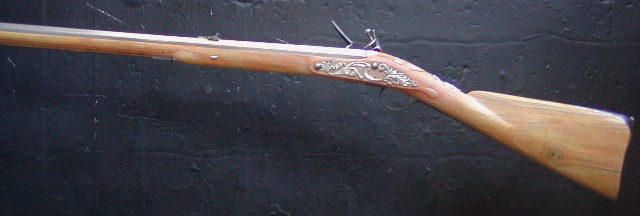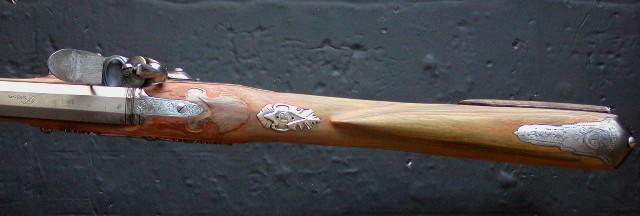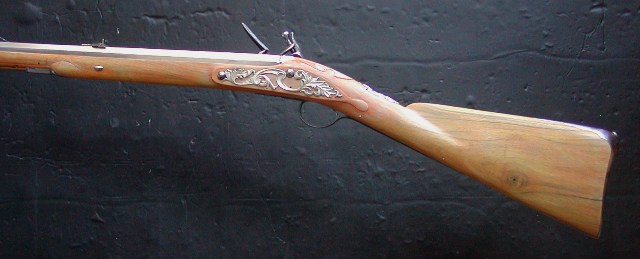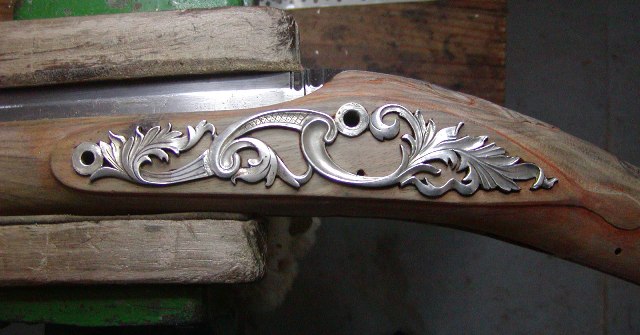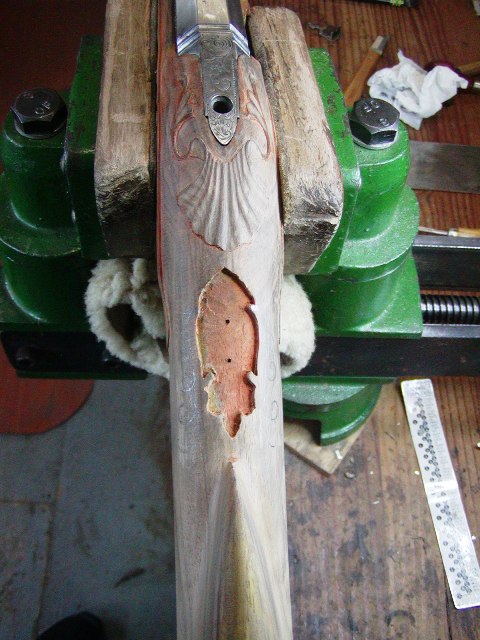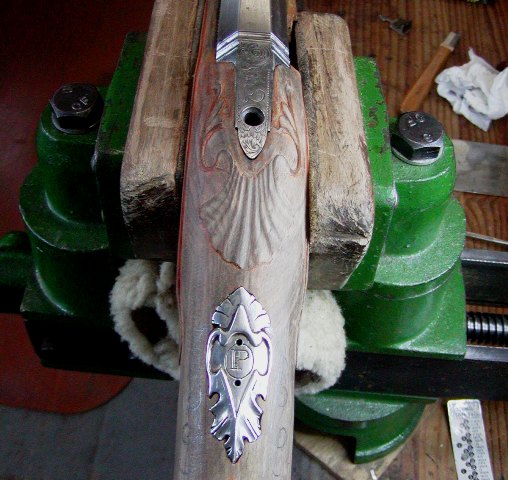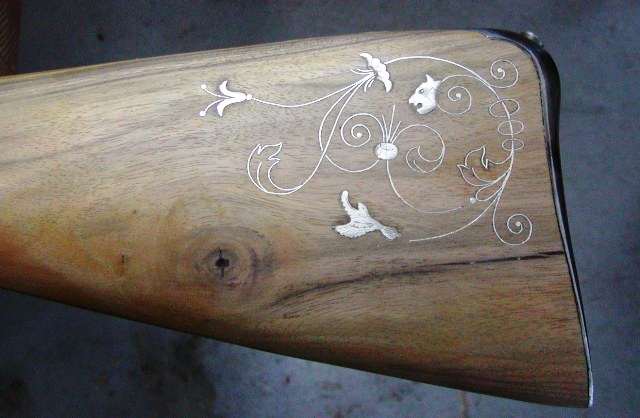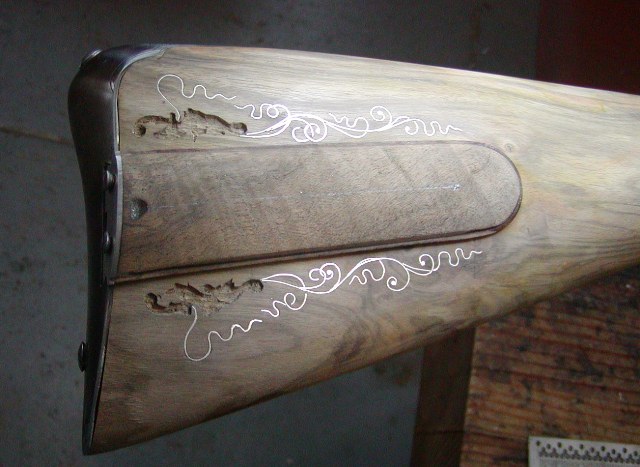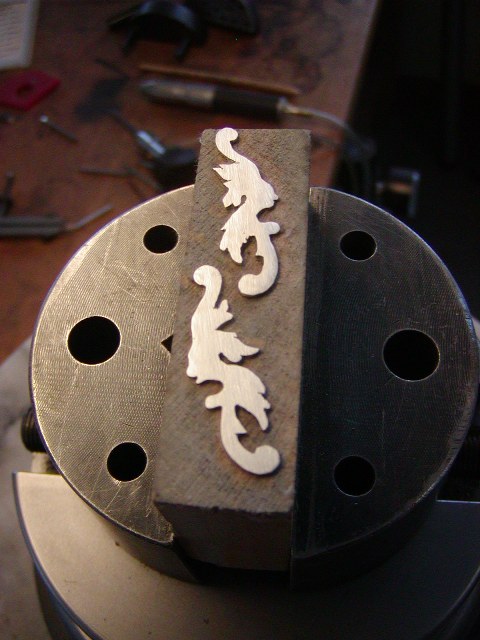Hi,
This is a project I've wanted to get for a long time but always something else in the way. I decided to do it anyway. I am restocking a mid-18th century English rifle that I built some years ago and was never happy with. The stock had way too much drop. I had copied an original gun thinking it would fit well but after pairing down the stock it was apparent the drop at heel was too much and my cheek could never get a solid position on the stock. So, I am restocking it using a different design more closely inspired by the famous Turvey rifle in RCA #1. This gun will be a pleasure to shoot. It is difficult to make these early 18th century English rifles because the British did not make many and there are very few that have survived. In fact, I am aware of more early to mid 18th-century English rifles that are breech loading screw plug deer park rifles than more traditional muzzle loading designs. There are plenty of late 18th and early 19th century English rifles for study but they differ a lot from those made earlier in the century.
My rifle uses a 31" Rice Jaeger barrel in 62 caliber, a Chambers round-faced English lock, a "Dubbs" longrifle butt plate heavily modified by filing and welding, a modified steel early husk trigger guard from Chambers, steel pipes, and rear folding leaf Jaeger sight. Pretty much everything else is hand made. The lock plate was shortened by 1/4" and angled slightly down to the rear to get the wrist architecture right. I wish that Chambers lock was 5 5/8" long rather than 6" because it would be far more versatile. The stock is English walnut that I bought from Dave Rase. It was originally full fowler length and inlet by Dave for a 44" octagon/round fowler barrel. However, it had some problems. After sitting in my shop for a year it developed a horrendous twist and warp as well as a crack in the butt stock. It also had some old powder post beetle holes and a couple of poorly positioned knots. But nothing I cannot fix so I chose to use it for a short rifle instead, which solved the twist and warp issue and cracks, knots, and bettle holes were either cut away of stabilized, strengthened, and filled with Acra Glas. The yellow and orange colors you see are from water-based stains I use during whiskering that reveal scratches and rough spots more readily. None of the old color will remain when I am ready to stain the stock with alkanet root.
This rifle has some intricate inlays and silver wire work. All of the inlays were either cast and chiseled or cut from sheet silver.
The wire work is inspired by the fowler I previously built because this rifle is supposed to match the fowler somewhat as a garniture.
The wire work around the patchbox was inspired by a wheellock right made by John Bivins in the 1980s. I borrowed a lot from his work and modified it a little to fit this rifle.
This shows the sheet silver inlays glued to wood ready for engraving.
The finished design.
I have more wire work to do then clean up the barrel tang carving, finish the surface of the stock and patch box lid, stain and finish. I have a little engraving to do as well.
dave






